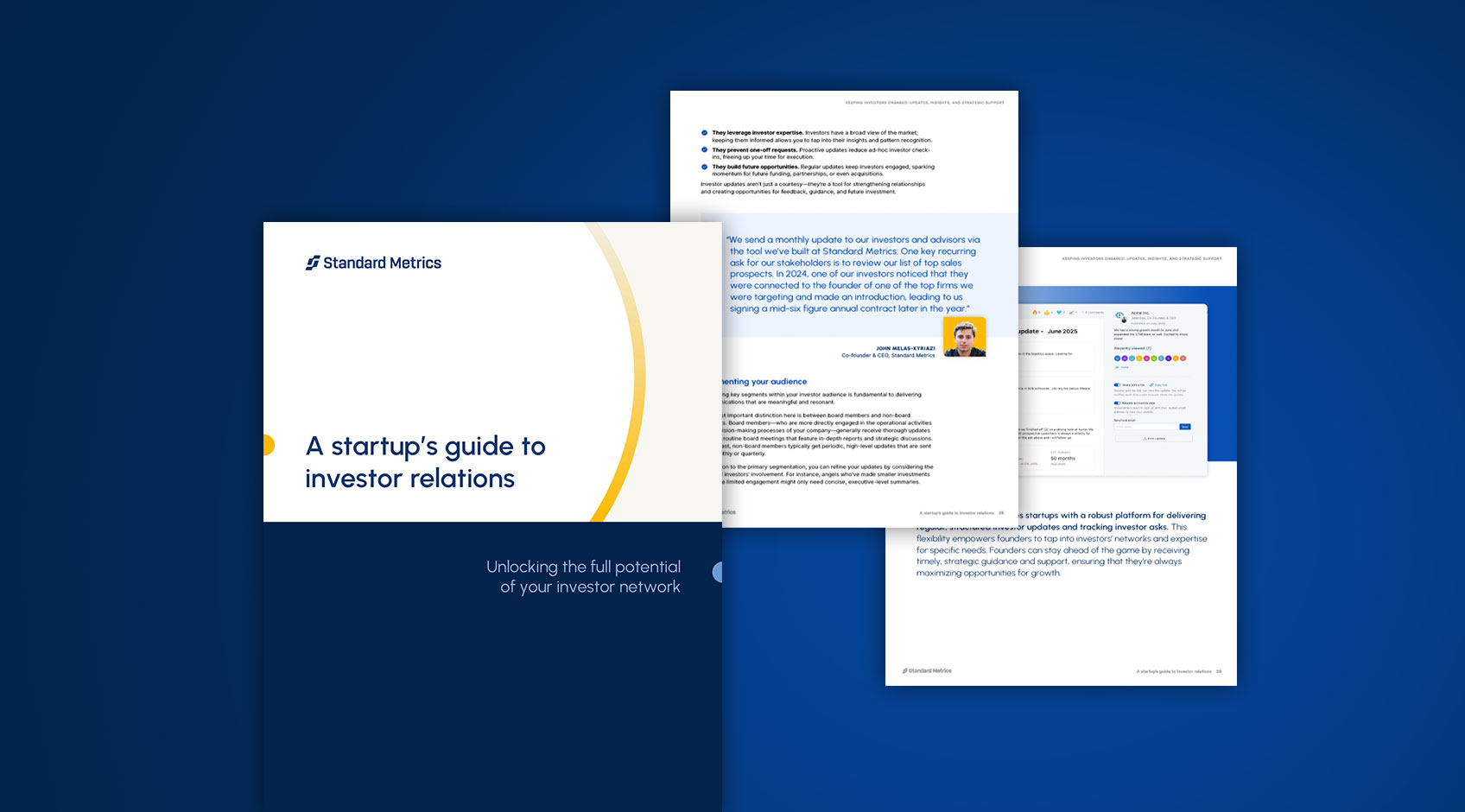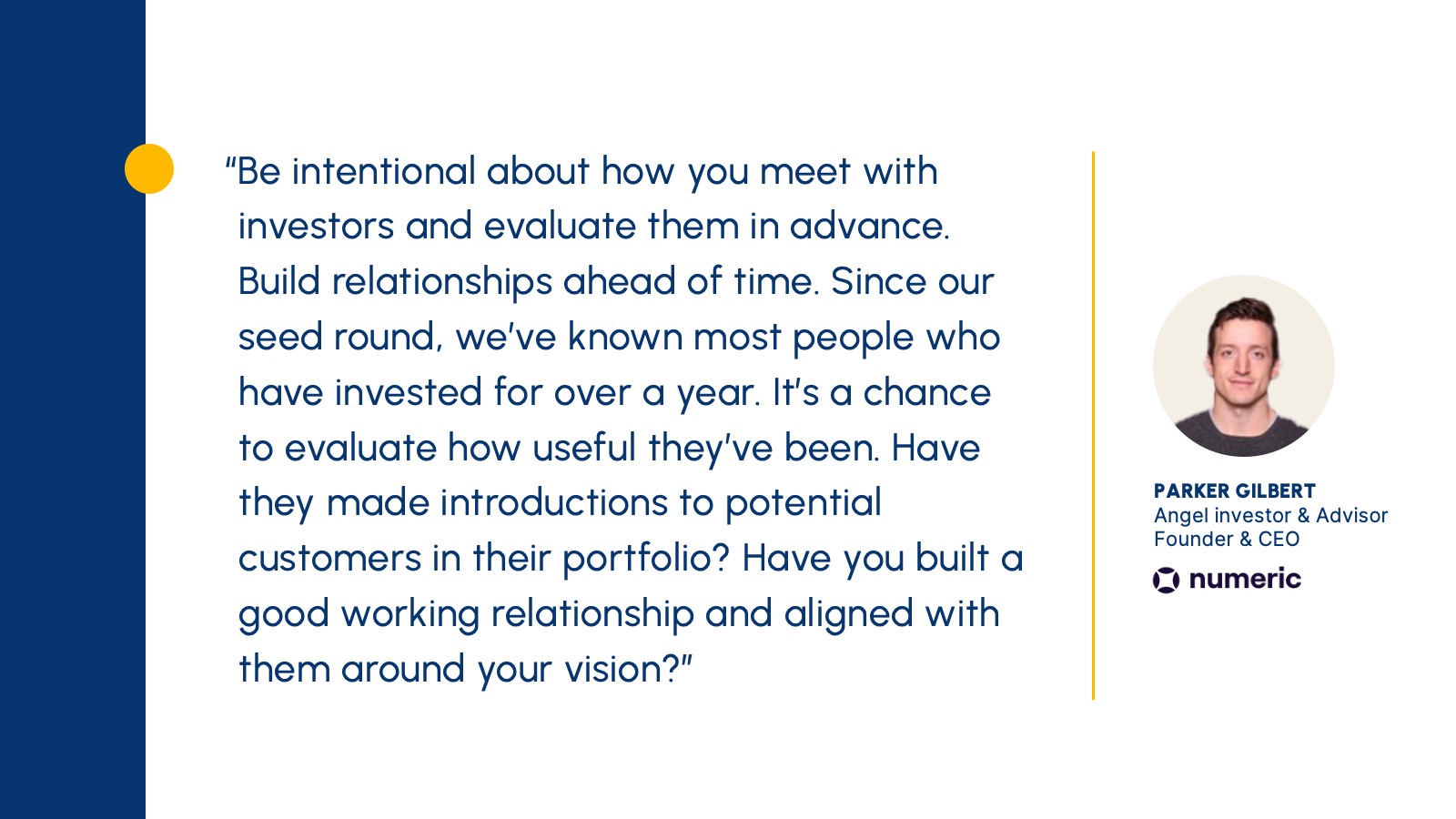The value of investor updates likes in their ability to engage investors, foster trust, and unlock strategic benefits. The more aware investors are of your company’s progress, the more able they are to contribute meaningfully. Here’s why regular updates can be a game-changer:
They signal strong leadership. Consistent updates show that you’re in control, being proactive, and thinking long-term—and not just when fundraising.
They shape your company narrative. By framing progress, challenges, and vision on your terms, you minimize misunderstandings and investor concerns.
They encourage investor involvement. A well-structured update makes it easy for investors to step in with support, introductions, or strategic advice.
They leverage investor expertise. Investors have a broad view of the market; keeping them informed allows you to tap into their insights and pattern recognition.
They prevent one-off requests. Proactive updates reduce ad-hoc investor check- ins, freeing up your time for execution.
They build future opportunities. Regular updates keep investors engaged, sparking momentum for future funding, partnerships, or even acquisitions. Investor updates aren’t just a courtesy—they’re a tool for strengthening relationships and creating opportunities for feedback, guidance, and future investment.


